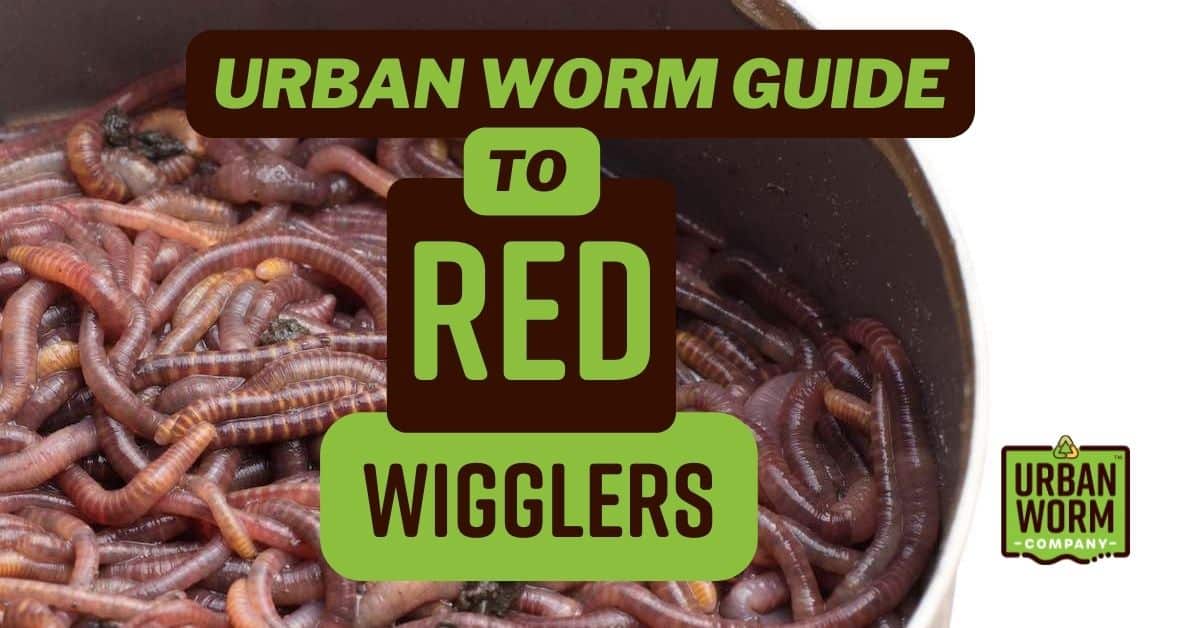All about Red Wiggler Express
Table of ContentsThe smart Trick of Red Wiggler Express That Nobody is DiscussingUnknown Facts About Red Wiggler ExpressThe Buzz on Red Wiggler ExpressIndicators on Red Wiggler Express You Should KnowSome Known Factual Statements About Red Wiggler Express
It's safe to state this stuff would have been fantastic to include as a to vermicomposting systems! And the flourishing Red Worm population? It just never ever took place. Also in the load that was established directly in front of yard composters with existing Red Worm colonies. These nutritionally-boosted wood chip habitats are absolutely packed with Lumbricus sp.
Several selections, including Red Wigglers, European Nightcrawlers, and Lumbricus species were brought over from the European continent. But right here's the thingNative or otherwise - and as gifted as they are at having the ability to make it through in a wide-range of settings and problems -. In other words, they are even more likely to socialize in any energetic composting systems you have actually set up, than they are to roam off and begin messing up the environment.
Roots need oxygen for respiration and count on smooth air movement within the dirt to flourish. When it rains, dirt can come to be saturated with water, lowering the oxygen available and preventing vitamins and mineral absorption. To preserve an optimal equilibrium, the soil must allow water to drain pipes properly, leaving adequate space for air to support root health and wellness
All About Red Wiggler Express

When it comes to worms for composting, what comes to mind? If you were an earthworm dog breeder, dealership, or plain garden enthusiast, then you would certainly recognize that red wiggler worms are the excellent worms for vermicomposting. To discover more about these planet marvels, gone through some of the red worm facts below.
(https://azure-directory.com/gosearch.php?q=Red+Wiggler+Express&x=57&y=16)However if they stretch their bodies, you'll be able to see the red stripes on their skin. When raising worms such as red wiggler worms, you should be able to understand how to profit them. When you're able to preserve and look after their environment well, and also feed them the best type of natural wastes, then they'll be able to generate nutrient-packed and quality-rich worm castings for you (likewise called worm poop or compost).
Our Red Wiggler Express Ideas
So, what do worms consume? Well, these red wriggler worms can be fed with kitchen scraps and yard wastes. So, any rotting natural stuff will certainly do like veggie and fruit peels, smashed egg coverings, used tea bags, coffee grounds, turf cuttings, dry leaves, and others. Make sure not to feed them foods that are oily, citrusy, or has meat or dairy products in them.

This behavior makes them fit for life in worm containers, compost heaps, and various other constrained spaces where organic waste is bountiful. Developing an ideal environment for red wigglers needs a thoughtful strategy. Take into consideration the following necessary elements to look after red wigglers at home and guarantee their health: Utilize a bed linen of shredded paper or cardboard.

Add a handful of completely dry, shredded paper if the container becomes as well damp. Indeed, they do! Red wiggler worms reproduce by laying little, lemon-shaped eggs in safety cocoons. These cocoons are usually deposited in the bed linens and hatch into infant worms within a few weeks. The fast reproduction cycle of red wigglers is one of the factors they are favored for vermicomposting.
Unknown Facts About Red Wiggler Express
Their adaptability and strength have made them a prominent choice for vermicomposting in various areas around the world. Consider protective steps for really severe temperature levels such as: Shielding the worm bin with layers of straw or leaves. Red Wiggler Express.

When dealing with your red wigglers it is very important to bear in mind to: 1) K.I.S.S (Maintain it Simple) and 2) whatever in small amounts. These policies put on feeding your compost worms, watering your worm containers, and almost whatever else associated with taking care of them. Simply bear in mind - you can constantly add even more food later on (but it's hard to eliminate feed once it's been included in a bin!).
Because I fed the red wigglers and compost worms as well a lot, they weren't able to maintain up and over time the older food went leftover and created anaerobic conditions that killed the worms. Below're the 6 golden rules for how commonly and exactly how much to feed your worms: Regulation # 1: Moderation!
Fascination About Red Wiggler Express
Leftover food will certainly lead to anaerobic conditions that will certainly eliminate your real-time worms. Regulation # 6: After the first feeding, feed the worms 1/3 to 1/2 of their weight.